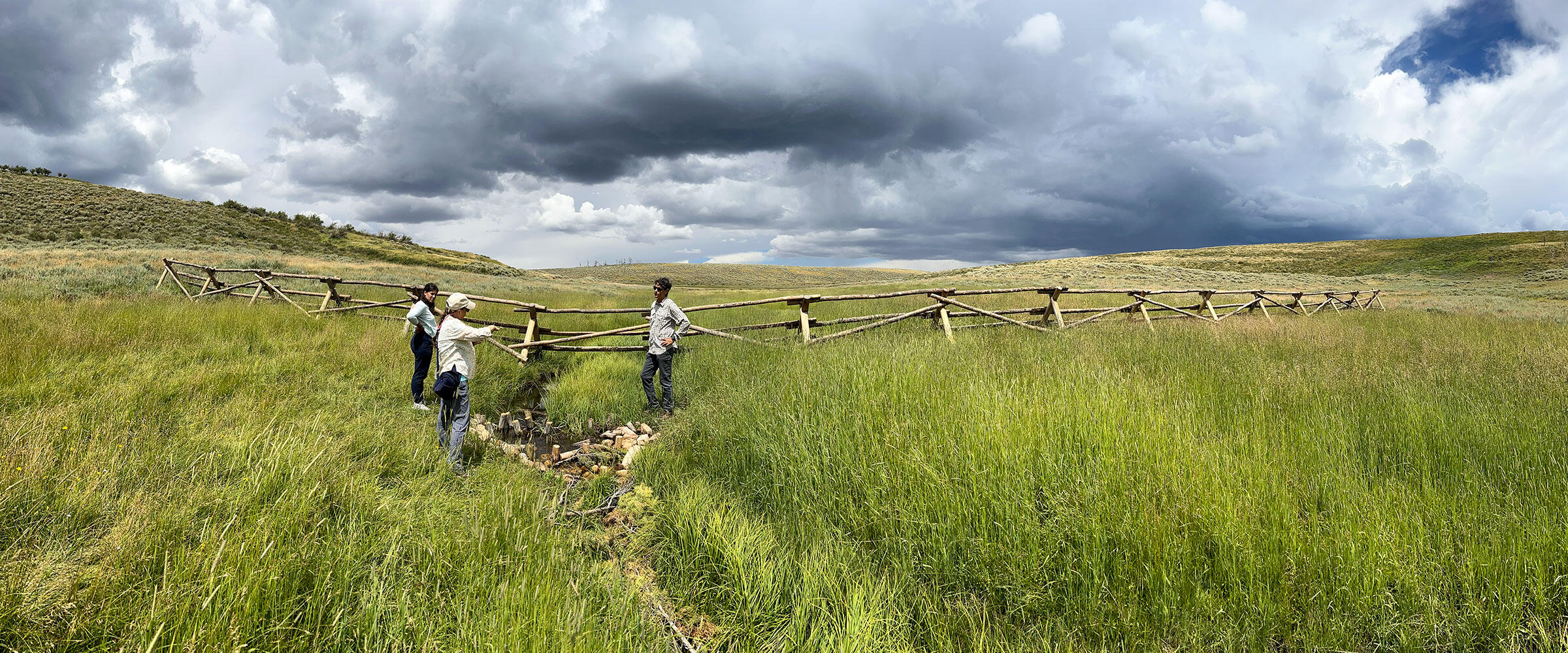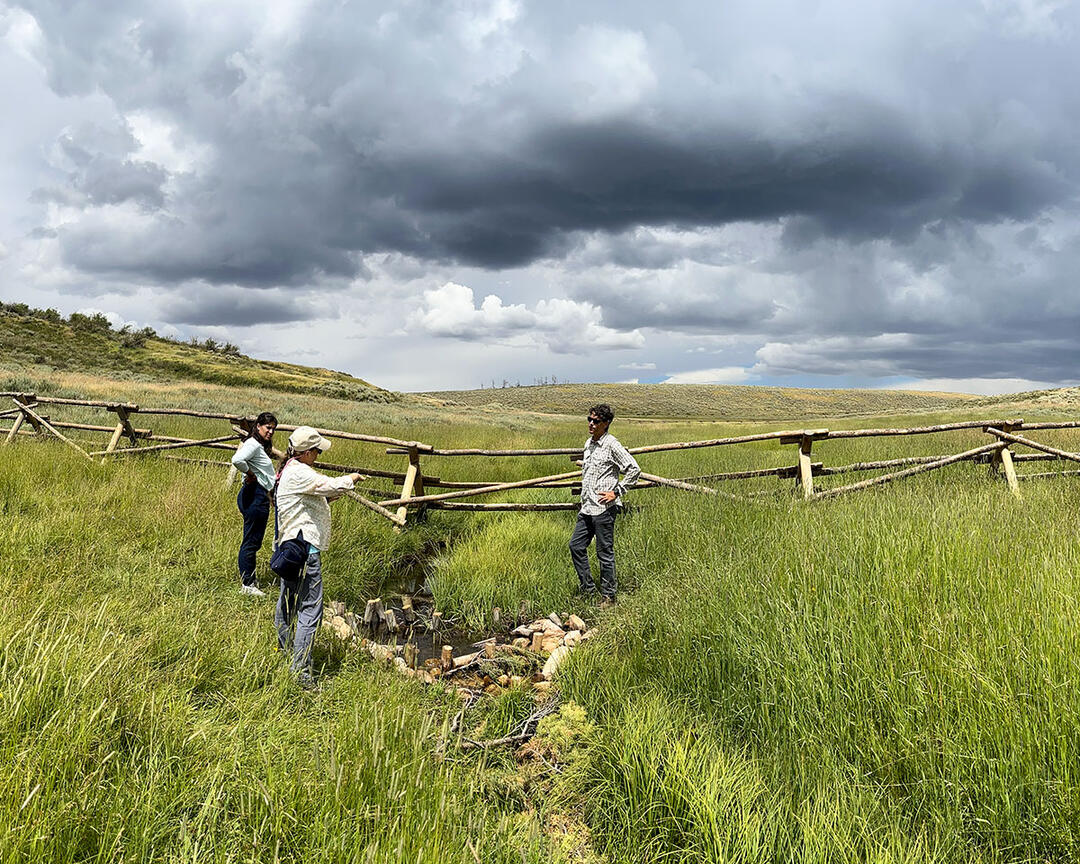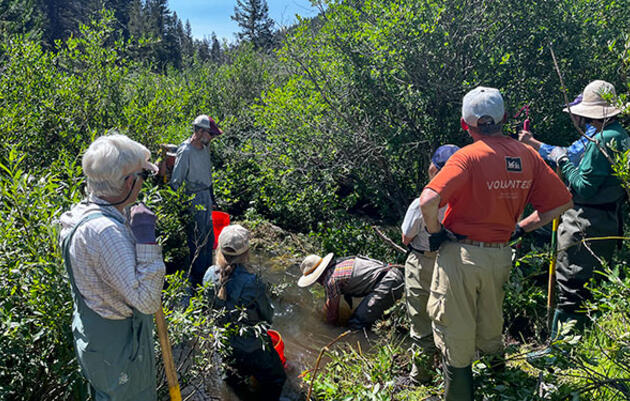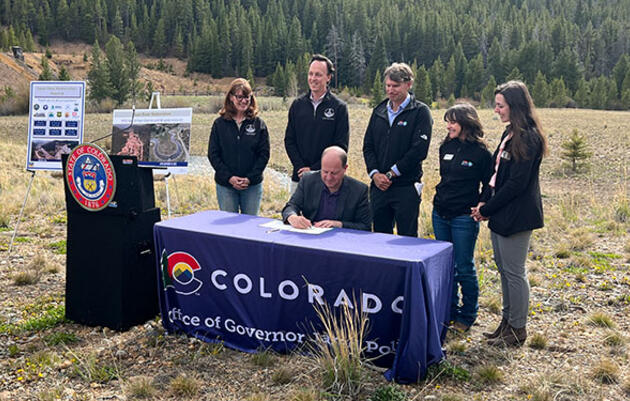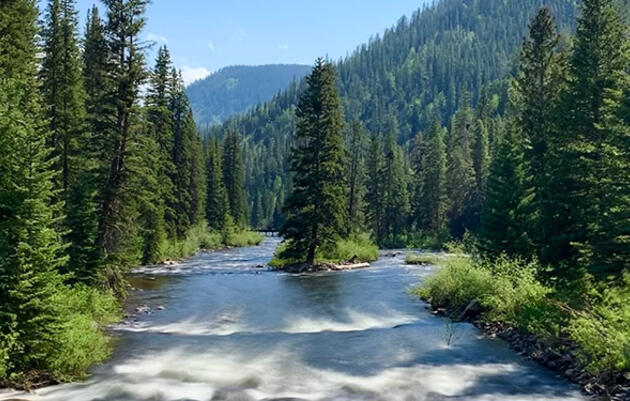Updated July 12, 2024
The SB23-270 training has been given to and received input from more than 800 people across Colorado. Attendees have included the Division of Water Resources leadership and staff, statewide nonprofits, local, state, and federal agencies, watershed groups, restoration practitioners, foundations funding restoration, and academics who research and support restoration on how to move stream restoration projects forward under the new law.
People and birds depend on the many life-sustaining benefits of healthy functioning stream corridors—our natural water systems that we all depend upon. Streams do change over time, both from natural and human causes. People can be a significant cause of stream degradation but also a critical part of the solution through restoration.
The Colorado General Assembly recognizes that functioning natural streams benefit all Coloradans and that it will take many people working together to restore degraded stream systems across the state. SB23-270 Projects to Restore Natural Stream Systems passage created a new law that provides a capable statewide foundation to accomplish stream restoration activities without being subject to water rights administration. You can learn more about the need for stream restoration and water rights clarity and how the new law took shape in our previous article.
Following the legislative session, Audubon contacted the Department of Natural Resources to discuss the next steps and learned that no state training on SB23-270 was planned. Due to the significant discussion and rapid-fire changes to the bill, stream restoration proponents seemed frozen in uncertainty about proceeding with projects even under the new law. Audubon partnered with Jackie Corday, a land and water attorney, and went to work creating a thoughtful statewide, three-hour training to help anyone interested in applying the new law to stream restoration projects.

The new law accomplishes its goal to “facilitate and encourage commencement of projects that restore environmental health of natural stream systems” only if people, project proponents, and the Division of Water Resources (DWR) understand the capabilities under the new law. The training provides this understanding by translating the legal language to how projects can be accomplished within the new law. The training is building the bridge between the DWR and the restoration community by providing a common understanding of what the new law looks like for projects on the ground. The training aligns stream restoration project proponents and DWR's interpretation, is thawing the ice dam of hesitancy to proceed with projects, and shows how to proceed with projects under and potentially beyond SB23-270.
SB23-270 and the training are shaping stream restoration's future in Colorado and informing water managers, government agency staff, watershed groups, restoration practitioners, academics, and others on how to move stream restoration projects forward under the new law. Audubon has facilitated six in-person trainings in Avon, Durango, Boulder, Alamosa, Manitou Springs, and Grand Junction that have reached more than 300 strategic people. We have given additional virtual, organization-specific trainings to key organizations such as the U.S. State Forest Service Colorado staff, Bureau of Land Management Colorado staff, Denver Water, Western Landowners Alliance, and Colorado Cattlemen's Agricultural Land Trust. In October, Audubon presented an update to the Water Resources and Agricultural Review Committee on the reception of the SB23-270 training, (recording here, with stream restoration beginning at 11:35:00). In combination with both in-person and virtual trainings, our outreach team reached more than 500 people with this training.
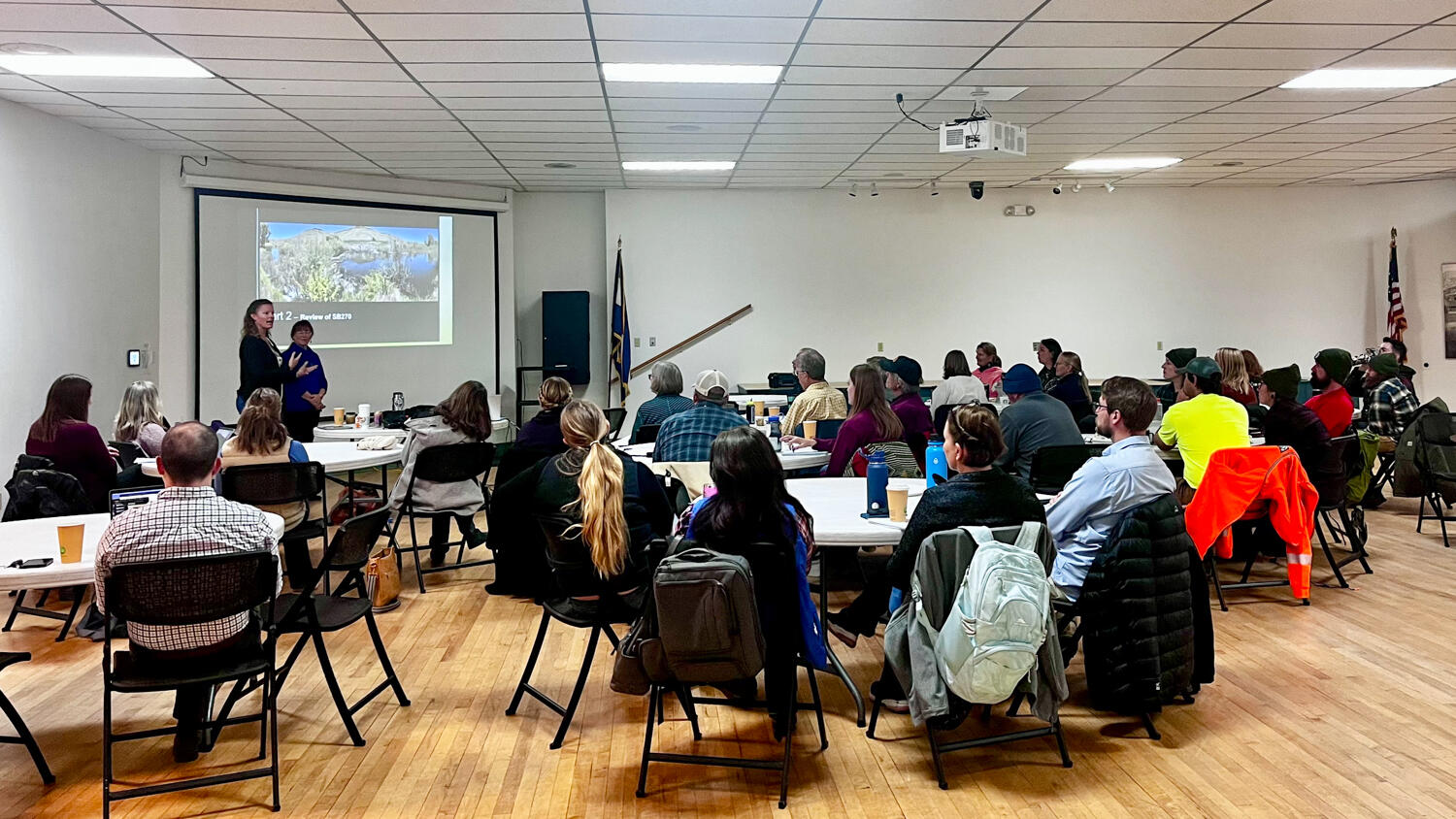
Lastly, due to the delivery and reception of the training, Audubon and Corday were invited by DWR leadership to present the SB23-270 training to statewide DWR staff at the Colorado Water Congress annual conference in January 2024.
For your convenience, we’ve recorded the core SB270 training session, about 70 minutes long. Whether you couldn’t attend in person or want to revisit the valuable insights, the recording is now available for you to explore the comprehensive training at your own pace.
Testimonials:
“Thank you for the tours we’ve taken this summer. I think it’s really important to be able to see and hear what you’re talking about so that we all are on the same page and the fact that you’re going around the state to visit different restoration projects and obtain photos to share and getting that common nomenclature down is super important. I also want to commend you for taking a pause here to allow these things to go forward, so that we can continue to see with our own eyes how they’re working and understand across the state what we’re talking about, what it means, and be able to see the results. Just a big thank you for educating us as a committee, and the rest of the state across where these streams are.” - Senator Dylan Roberts, District 8 (audio recording, begins at 11:52:50)
“I really appreciated the instructors of this training and their ability to communicate difficult legal terminology/concepts in ways some of us with limited policy and legal training could understand. I really enjoyed this training, learned a lot from it, and now plan on using it as a building block to expand my knowledge on water rights and stream restoration.” - Heather Halbritter, Colorado Parks and Wildlife
“Having a better understanding of the specific allowed activities is really helpful as we continue to educate our landowner members. With all of the uncertainties surrounding this topic, straightforward information is invaluable for all parties involved.” - Jake Lebsack, Western Landowners Alliance

